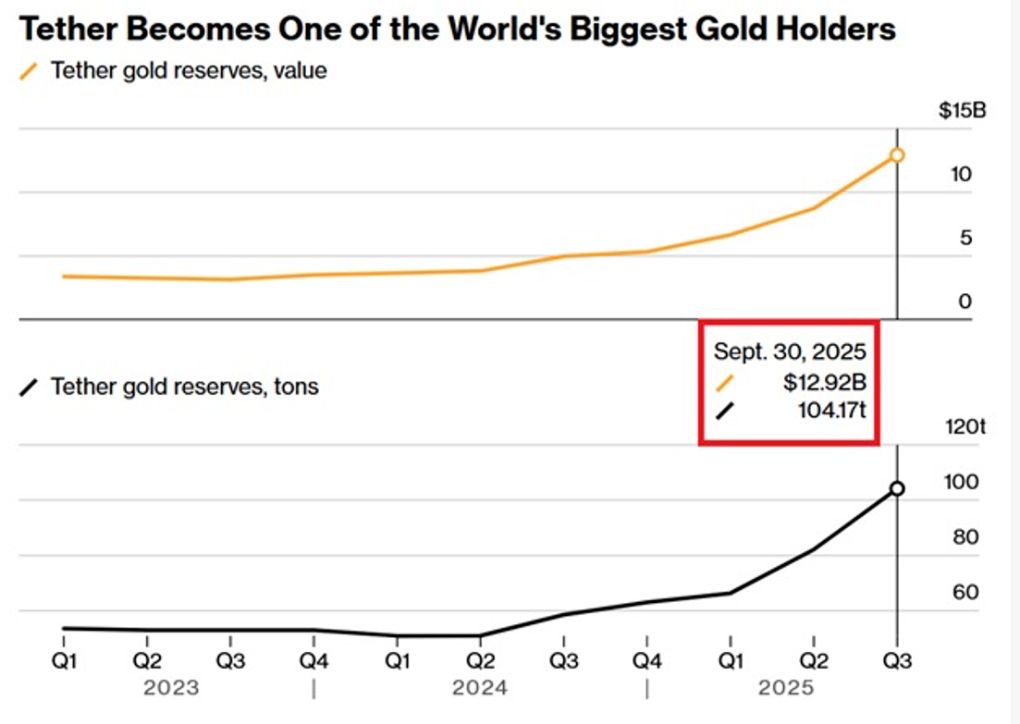Real estate vs Bitcoin shows a clear divergence: Bitcoin’s rapid appreciation has outpaced property in crypto terms, shrinking real estate value measured in BTC. Investors seeing properties bought for 22.5 BTC in 2023 now value them near 4.85 BTC in 2025.
-
Real estate loses value against Bitcoin’s rise
-
Housing markets lag in crypto valuation despite modest fiat gains
-
Institutional integration and tokenization accelerate crypto’s market role; Bitcoin market cap and price data confirm the trend
Real estate vs Bitcoin: data-driven look at why property lags BTC gains, case examples, and practical steps to hedge and diversify — read actionable guidance now.
What is the real estate vs Bitcoin valuation divergence?
Real estate vs Bitcoin describes how property values measured in BTC have fallen as Bitcoin’s price surged. In plain terms, assets that rose modestly in fiat have lost purchasing power when priced in Bitcoin, creating a growing gap in perceived value.
How has Bitcoin outpaced housing values?
Bitcoin’s rapid appreciation and rising market capitalization have outstripped nominal property gains. Examples include a property bought for 22.5 BTC in 2023 that equates to roughly 4.85 BTC by August 2025, reflecting BTC’s strong climb vs. stagnant real estate growth.
Crypto market capitalization exceeded $3.5 trillion and Bitcoin’s price reached $109,100 by mid-2025, underscoring why fiat-based real estate gains appear muted when converted into BTC.
Why are housing markets lagging in crypto terms?
Housing values are influenced by local factors, credit conditions, and slow-moving supply dynamics. When Bitcoin appreciates rapidly, those slow-moving factors cannot match the pace of price discovery in crypto markets, producing a lag.
Institutional adoption, tokenization of real-world assets, and expanding stablecoin volumes in property transactions accelerate crypto’s influence while traditional valuations remain gradual.
Comparison: Real estate (fiat) vs Bitcoin (crypto)
| Short-term price volatility | Low–moderate | High |
| Liquidity | Low | High |
| Example case (2023 → 2025) | Purchased = 22.5 BTC equivalent (2023); fiat value modest gain | Now equivalent = 4.85 BTC (2025) |
| Market cap / scale | Local & national markets | Global, crypto market cap > $3.5T |
How can investors respond to the divergence?
Investors should assess holdings by converting historical fiat returns into BTC terms to see relative performance. Diversification, tokenization exposure, and selective use of stablecoins in transactions can help manage cross-asset risk.
Experts recommend scenario planning: hold a mix of fiat assets, tokenized real-world assets, and a strategic crypto allocation to capture upside while mitigating volatility.
Frequently Asked Questions
Has real estate lost value in BTC terms?
Yes. When Bitcoin rises rapidly, the same property requires fewer BTC to purchase. A noted example: a property bought for 22.5 BTC in 2023 equates to roughly 4.85 BTC in 2025, reflecting BTC’s outperformance versus local real estate.
How should I compare property returns to Bitcoin?
Convert both purchase and current property prices into BTC using historical Bitcoin rates, then compare percent changes. This highlights relative performance and informs rebalancing or hedging decisions.
Key Takeaways
- Real value shift: Properties can decline in BTC terms even if they rise modestly in fiat.
- Data-driven analysis: Use historical BTC pricing and market data to assess relative asset performance.
- Actionable steps: Consider tokenization, stablecoin use, rebalancing, and scenario planning to manage cross-asset exposure.
Conclusion
This analysis shows a measurable divergence in real estate vs Bitcoin valuations as Bitcoin’s 2023–2025 surge outpaced traditional property gains. Investors should evaluate holdings in both fiat and BTC terms, consider tokenization and stablecoin strategies, and plan diversified allocations to navigate the evolving financial landscape. COINOTAG will continue to monitor market data and regulatory developments.



